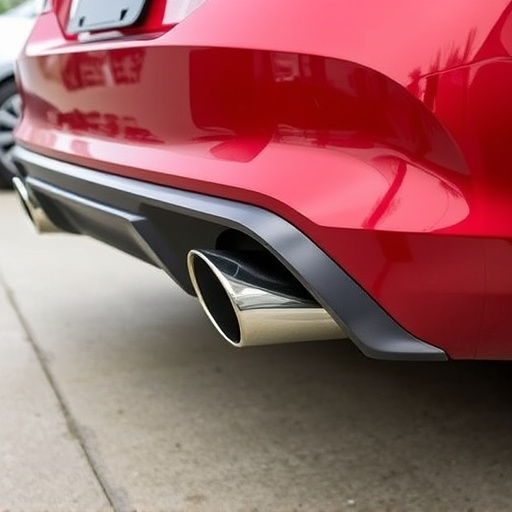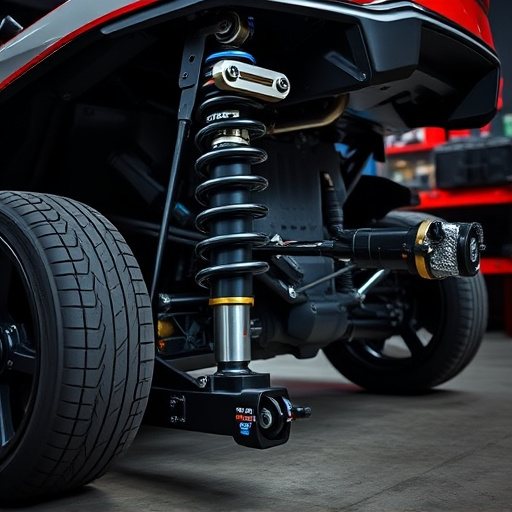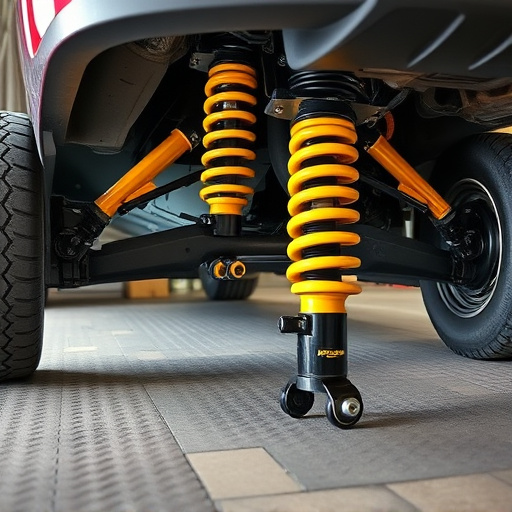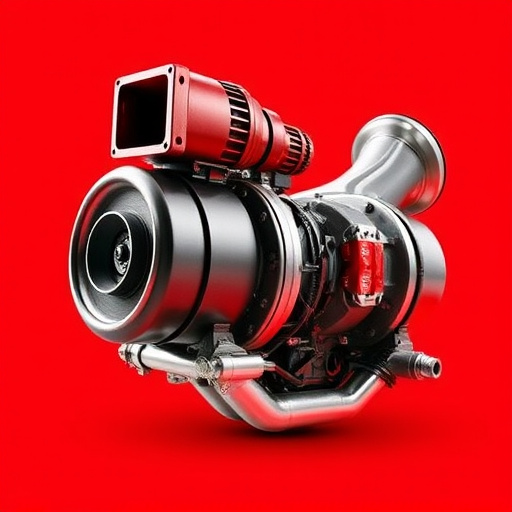The brake master cylinder (BMC), a critical component of a vehicle's braking system, can fail, posing significant safety risks. Symptoms include soft/sponge pedal feel, increased pedal travel, and inconsistent braking power. Common causes are worn brake fluid, internal leaks, damaged calipers, or issues with the suspension or exhaust systems. Regularly checking fluid levels is preventive maintenance. Prompt attention to unusual brake behavior is crucial as neglecting a faulty BMC can lead to reduced stopping distances or complete loss of braking ability. Repairing minor issues is cost-effective and involves sealing leaks, replacing parts, and adjustments; replacing the master cylinder ensures superior stopping power, improved response times, and compatibility with modern safety systems, particularly for high-performance vehicles.
“Are you facing brake issues? Before you replace your entire braking system, consider repairing the brake master cylinder – a crucial component for safe stopping. This guide delves into the world of brake repairs vs. replacements, focusing on the master cylinder. We’ll explore common symptoms and causes of failure, offering a detailed comparison to help you decide.
Additionally, we provide a step-by-step repair process, empowering you with knowledge to address this vital system. Learn how to navigate through potential challenges and make informed choices for your vehicle’s brakes.”
- Understanding Brake Master Cylinder Issues: Symptoms and Causes
- Repair vs. Replacement: A Comprehensive Comparison
- Step-by-Step Guide: Performing a Brake Master Cylinder Repair
Understanding Brake Master Cylinder Issues: Symptoms and Causes

Understanding Brake Master Cylinder Issues: Symptoms and Causes
The brake master cylinder is a critical component of your vehicle’s braking system, responsible for generating pressure that activates the brakes. When this component fails or begins to operate inefficiently, it can lead to significant safety hazards on the road. Common symptoms of a malfunctioning brake master cylinder include soft or spongy brake pedal response, increased pedal travel distance, and inconsistent braking power. These issues may arise due to various factors, such as worn-out brake fluid, internal cylinder leaks, damaged or contaminated calipers, and even problems with the vehicle’s suspension kits or performance exhaust systems.
Regularly checking your brake fluid level and ensuring it’s at the recommended mark can help prevent many of these issues. However, if you notice any unusual behavior in your brakes, it’s essential to address the problem promptly. Neglecting a faulty master cylinder can result in severe consequences, including reduced stopping distances and even complete loss of braking capability, making timely maintenance crucial for your safety and peace of mind while driving.
Repair vs. Replacement: A Comprehensive Comparison

When it comes to maintaining your vehicle’s braking system, deciding between repairing or replacing the brake master cylinder is a crucial choice. Repairing offers a more cost-effective solution for minor issues, allowing you to extend the life of your existing components. It involves addressing leaks, replacing seals, or adjusting internal parts, which can be done with specialized tools and knowledge. This option is ideal for those on a tight budget or looking to avoid unnecessary part replacements.
On the other hand, full replacement is recommended when the master cylinder shows significant wear and tear, affecting braking performance. Over time, the cylinder may develop cracks, internal damage, or incompatibility with modern vehicles’ advanced safety systems. Upgrading to a new master cylinder ensures superior stopping power, improved response times, and peace of mind, especially for high-performance vehicles or those equipped with advanced suspension kits. Replacing it also allows an opportunity to upgrade to high-performance parts, enhancing overall vehicle dynamics and safety features.
Step-by-Step Guide: Performing a Brake Master Cylinder Repair
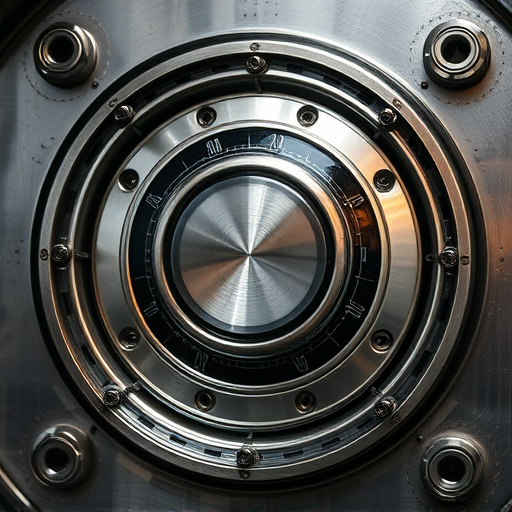
Performing a brake master cylinder repair is a crucial task for any car owner or mechanic. Here’s a step-by-step guide to help you navigate this process safely and effectively. First, ensure you have the right tools at hand, including specialized equipment like a brake piston tool and a new, compatible brake master cylinder. Begin by bleeding the braking system to remove any air bubbles and ensure optimal performance. Next, locate and carefully disassemble the old master cylinder, taking note of its orientation and components for proper reassembly later.
Once exposed, inspect the internal parts for wear or damage. If the seals, pistons, or other components show significant signs of deterioration, replacement is recommended. Consider upgrading to high-performance brake master cylinders designed to enhance stopping power, especially if you’re looking to install coilover kits or air filter kits for better handling. During reassembly, ensure all parts are properly aligned and fitted, following manufacturer guidelines closely. Testing the system afterward with a partner or mechanic will help confirm its functionality before taking your vehicle on the road again.
When faced with a faulty brake master cylinder, repairing or replacing it depends on various factors. Understanding the issues and their causes is key. While a repair can be cost-effective and quick, involving simple replacement parts, full replacement might be necessary if the cylinder is severely damaged or worn out. Following a step-by-step guide ensures accurate diagnosis and successful resolution. In many cases, a brake master cylinder repair can extend its life, but regular maintenance and timely replacement cannot be overlooked to ensure safe and efficient braking performance.










